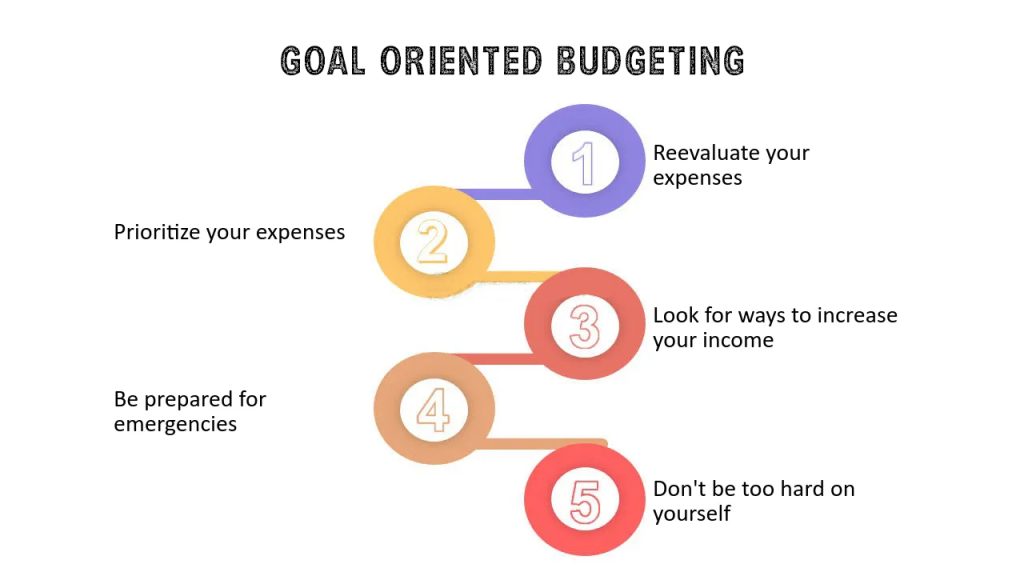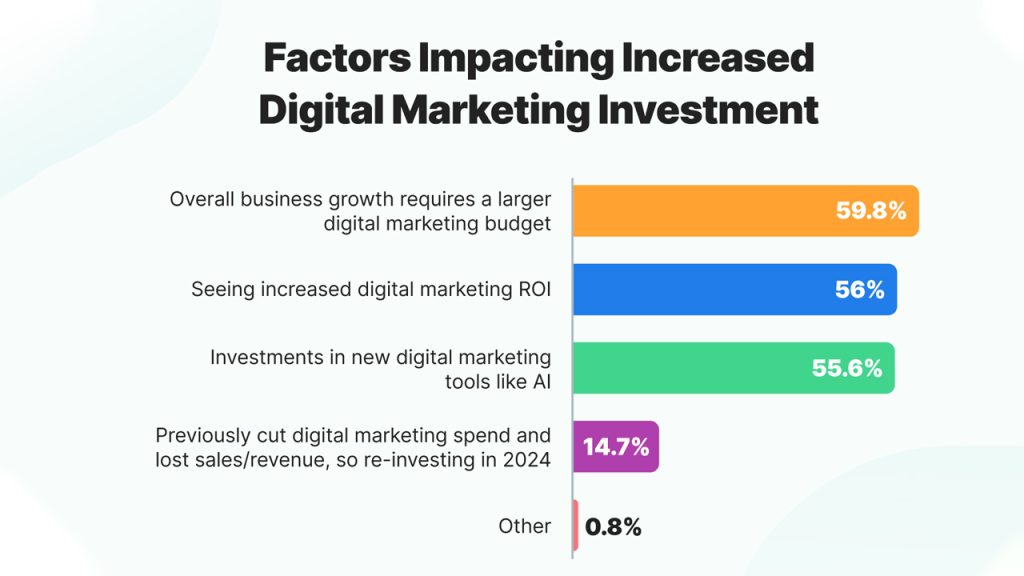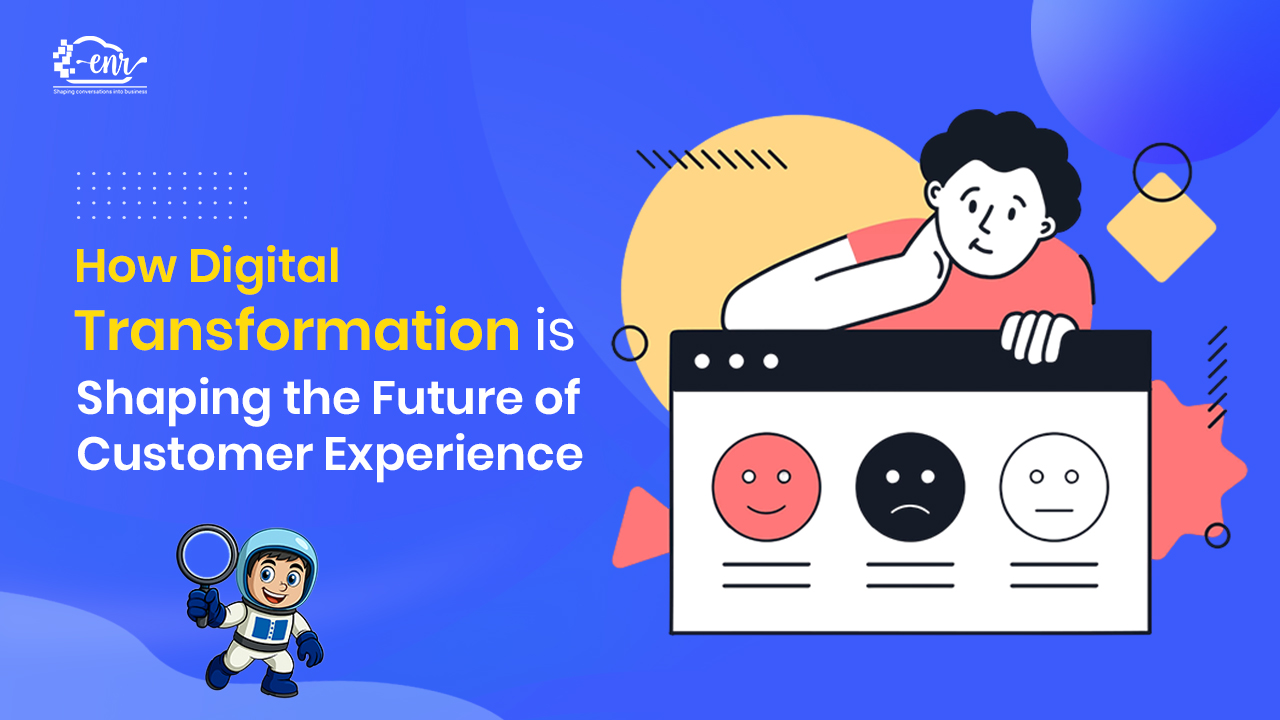Thought to start investing in marketing is crucial for any brand to thrive and grow. But determining the right level of marketing investment could be a challenge for brands. But sometimes a thought to invest a little amount might be a result of missing opportunities for brands, and even over investing could be a strain resources which guarantees sometimes a low or no return.
In this blog, we will cover a straightforward approach to define the right level of marketing investment every brand should follow that suits for all sizes of business.
Table of Contents
ToggleWhat Is Marketing Investment?
Marketing investment can be a verified trick that brands follow which refers to the money a brand spent on various marketing activities such as advertising, using it for promotions, and for public relations, also to attract and retain the customers. Now the goal here is to generate more revenue, then the spending cost as an investment.
Explore to Get Our Marketing Automation Service
Steps To Define the Right Level of Marketing Investment
We have to follow a few steps to make the marketing investment strategies effective and efficient for brands to prove themselves and to create awareness among the customers.
1- Set your Objectives Clearly
Before any Brand decides how much to invest they really need to understand what they really want to achieve with this marketing investment. The marketing objectives should include –
- Rise in brand awareness.
- To generate leads
- Boost the sales
- Put a step towards a new market.
- How to retain existing customers.

The clear objective provides a complete direction and helps Brand to measure the effectiveness of their marketing efforts.
2- Identify your Audience
It is a crucial step for every business to understand the target audience and is a need of an hour to use effective marketing techniques. Considering the following pointers, the Brand can enable to specify the audience.
- To know who are their potential customers?
- To understand their needs and preferences.
- To know their time spend activity (online or off-line)?
- And how they decide to make a purchase?
It is important to conduct market research or analyze customer data that can provide valuable insight into the target audience.
3- Market Analysis
Brands should analyze the market specific to their industry and the competitors to understand the market dynamics. What are the things, a brand should look over are market size and the growth rate.
- What is the competitive landscape?
- What are the top trends in the industry?
The bunch of this information helps Brands to identify the opportunities and threats available in the market and enable brands to make informed decisions about their marketing investment.
4- Distribution of Budget
There are numerous method to determine the marketing budget, few of the Common approaches are:
– Competitor Benchmarking: Brand should analyse the competitors marketing spending to understand the industry standards, and this can also provide them a benchmark to set for their own investment as well.
– Goal-Driven Budgeting: It is important to set a specific marketing goals like acquiring thousand new customers to sell 50 products or to reduce the churn rate, but always determine the budget that needs, attention to achieve them. This approach ensures that the brand spending is always aligns with their objectives.

– Revenue percentage: a popular method is to divide a fixed percent of the whole revenue to different and small marketing steps.
– Budgeting based on Zero: Brand can start with the 0 to build the marketing budget based on the cost of their planned activities and this method can help them to ensure that the expense of their planning is justifiable.
5- Define Your Budget Wisely
Once brands have enough budget, they can plan to allocate it across different marketing channels and activities.

Below are the pointers where they can spend –
1- Digital Marketing
- Online advertising, for example, Google ad social media, etc.
- Content marketing, for example, blogs and videos scripts-
- Email marketing.
- Search engine optimization.
2- Traditional marketing
- Print ads
- Television and radio commercials.
- Sort of outdoor advertising like billboards.
3- Public Relations
- It includes press releases
- Media Relations
- Events and sponsorships
4- Customer Retention
- To run loyalty programs
- Improvements in customer services
- Go for personalized marketing
Diversifying the marketing efforts can help brands to reach out to a broader audience, and this may help them to reduce risk.
6- Monitor and Adjustments
Marketing is not a one-time activity. It needs the proper monitoring to check how things are going, which includes the continuous monitoring of marketing performance using few key performance indicators like-
- Return on investments means ROI
- Customer acquisition cost means CAC
- Conversion rates
- Customer lifetime value means CLV
By analyzing these metrics, brands can help to understand what is working best for them, and where are the challenges. And it is mandatory to adjust the strategies and budget accordingly based on the findings.
For example, if any particular marketing channel is delivering high returns to the brands, it is considered to relocate more budget to that particular channel and to reduce from where the returns are very low or even zero.
7. Never forget to Invest in Training & Tools
Investing in marketing trainings and tools can help brands to enhance the effectiveness of their marketing efforts.
Few of the topmost marketing tools are-
- Marketing Automation
- Analytics and Reporting
- Customer Relationship Management means CRM
- Social Media Management
It is suggested to provide a deep dive training to the team so that the team could be well versed with the latest marketing techniques and the trends so that brands can improve their results effectively.
8- Plan it for a long-time purpose:
Marketing is always been a long term investment for brands as the short-term campaigns can boost the sales on immediate basis, but the long-term strategies build brand loyalty and customer trust, which is the need of every business .
It is suggested to plan the marketing investments with the mix of short and long-term goals, so that brands can get the full of their investments for a long-term basis.
To sum up how a brand can go for the marketing investment effectively,
It is very much important to define the right level of marketing investment that may require the careful planning and analysis by the brand and its team.
To define the clear objectives and to understand the target audience, Brand should analyse the market and allocate the budget wisely so that they can create a marketing strategy that drives growth and deliver a solid return on investment.

Of course, regular monitoring and adjustments ensure that the brand can get the mix results of their marketing efforts to remain effective and aligned with their business goals.
It is very much important to remember that marketing is always an ongoing process and not a one-time activity which may require the manpower that evolves with the brand business and the market landscape.
That’s all about Marketing investment, to know more about marketing channels and strategies, don’t forget to check our latest blogs.
Thanks for Reading!😊
Also Read- SMS Marketing Strategy: Follow to Increase ROI
Amit Bhateja is the co-founder of enrcloud and helping brands and Unicorns from the last 15+ years and overachieve their Engagement and Retention goals. He is passionate about solving customer problems with modern technology, new age solutions, and consultancy approach. Besides Building ENR, He enjoys reading books, spending time with his family and Teammates, traveling, meeting new people, learning new things, and love to close the business deals.





